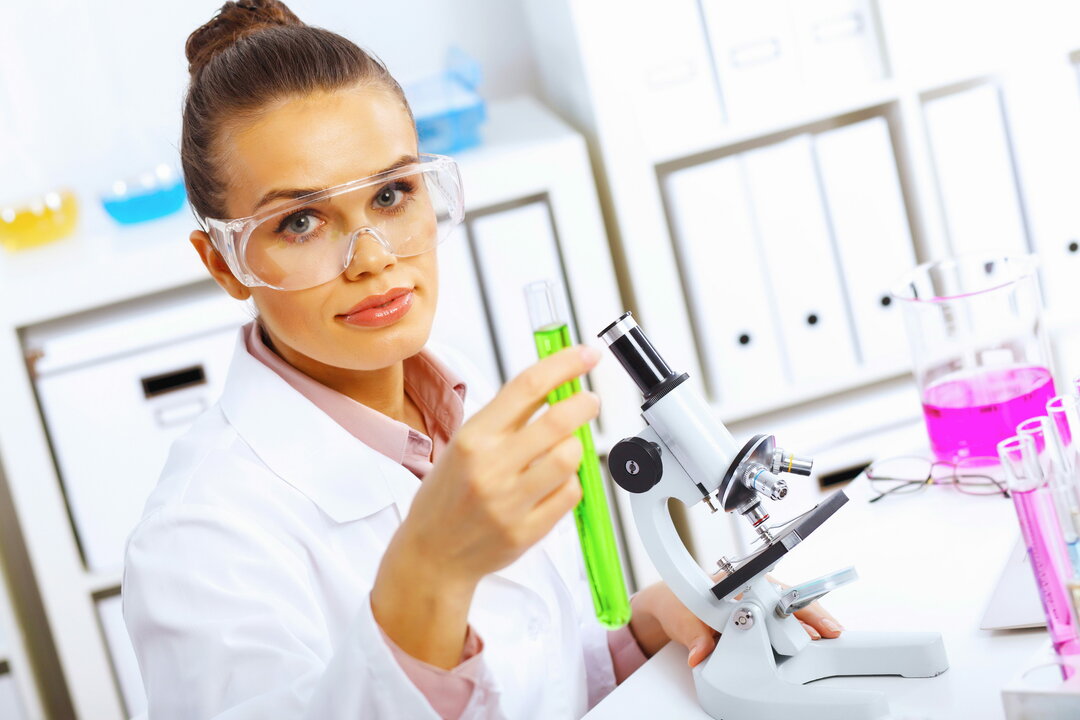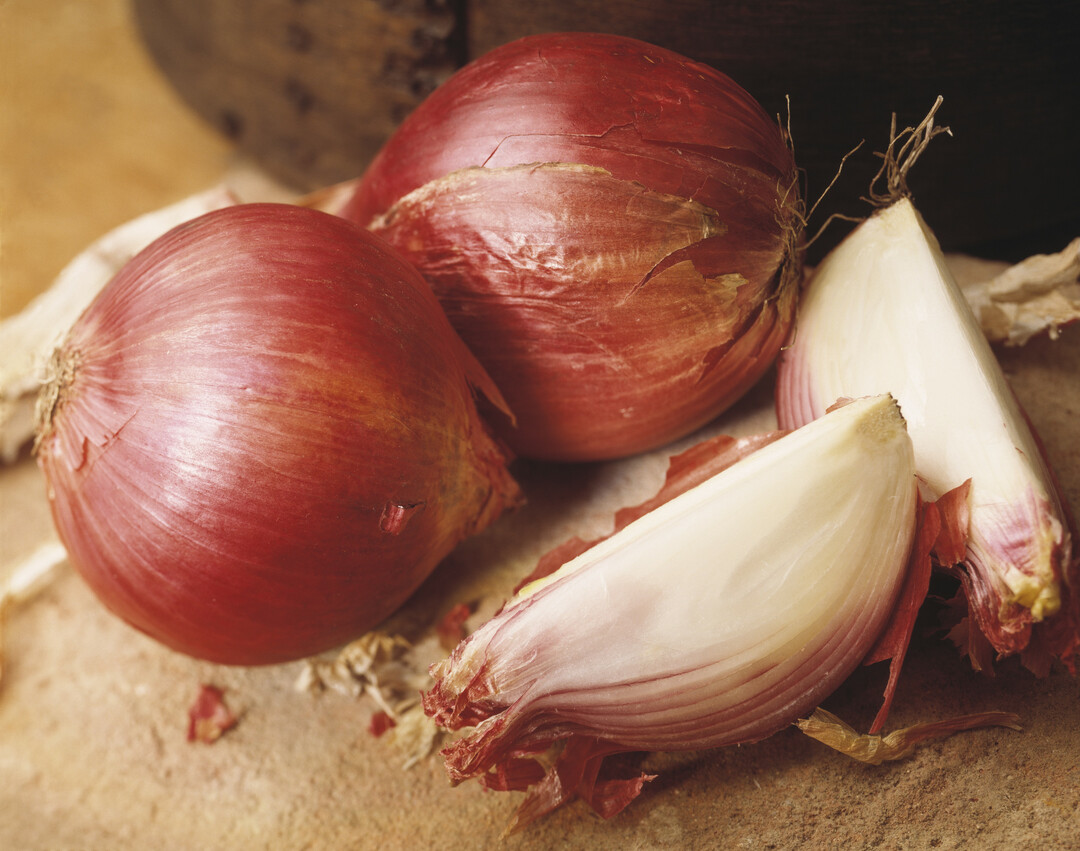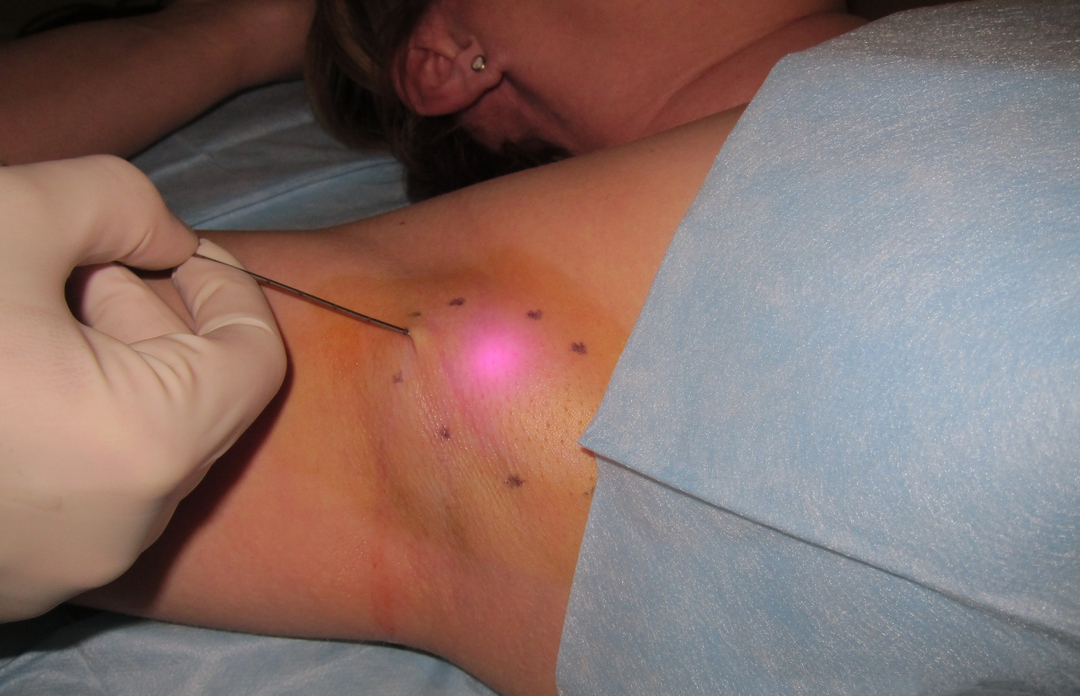Psoriasis: what is it, symptoms, causes, treatment
Psoriasis (scaly lichen) - a chronic inflammatory disease that affects about 2% of the general population. Men and women suffer from psoriasis in the same way. Although the disease occurs in all age groups, it primarily affects adults.
Scaly lichen occurs when cells in the outer covering of a person's body quickly rise from their source below the surface of the skin and accumulate on the surface before they have a chance mature. The process usually takes about a month, but with scaly lichen it takes just a few days.
Read also - Deprive a person: photos, signs and treatment
It is known that the skin in psoriatic plaques grows much faster than normal skin. We all have epidermis (the outer layer of the skin) continuously growing from its outer surface, and a new layer is regenerating month after month. With scaly lichen, the skin will reform a full layer every 3-4 days - so that excess skin becomes covered with rough scales. This process is similar to the healing of the epidermis after injury - except that normal skin "knows when to slow down, but skin with lichen scaly does not." However, the actual chemical cause of psoriasis is unknown.
Psoriasis is in no way contagious, it is not leprosy! It does not spread from person to person by airborne droplets or through kissing and touching. Of course, this does not prevent people around them from worrying when they see a person with this disease (most people who do not know about this disease are afraid that the patient may infect them).
Content
- Causes and development of the disease
- What causes the disease?
- Symptoms
- Types of psoriasis
- Associated diseases
- Diagnostics
- Treatment
- General advice
- Topical therapy
- Phototherapy
- Systemic therapy
- Biologicals
- Traditional methods and diet
- John Pegano's diet
- Video
Causes and development of the disease
Age is not a factor, but the disease usually appears between the ages of 15 and 35. The degree and activity of psoriasis varies greatly, as with any disease. Many people have spots on their scalp or elsewhere and are not worried about it, they lead normal lives. For others, the disease affects a large part of the skin, which brings significant discomfort to their lives.
What causes the disease?
The process of the disease originates in the human immune system and connects to itself a type of white blood cell called a T-cell. When a person has psoriasis, T cells are mistakenly triggered and become overly active, resulting in an unhealthy and rapid turnover of skin cells.
Scientists are still trying to find out everything that happens inside the body of a psoriasis patient.
Scaly versicolor multifactorial. It is classified as an immunologically mediated inflammatory disease (IMID).
Research carried out in this area has found that the main cause of the disease is the immune system and human genetics. Scientists also know that not everyone who inherits genes with this condition gets it. It seems that a person must inherit the "right" combination of genes. The person must then experience an event that causes the person (trigger) to become ill.
Many people say they have lichen scaly after experiencing one of the triggers below:
- Severe emotional distress (stressful event).
- Streptococcal tonsillitis and other infections.
- Alcohol abuse.
- Took certain medications such as lithium medications, beta blockers, antimalarials, nonsteroidal anti-inflammatory drugs.
- We spent a long time in cold, dry weather.
- Cuts, scratches or strong sunburn.
But most doctors are not sure what causes the disease, but many experts have found contributing factors. According to their assumptions, the causes of the disease may be:
- Overactive immune system (psoriasis - an autoimmune disease);
- Poor nutrition
- Syndrome of increased intestinal permeability;
- An increase in the number of T cells in the blood, dermis and epidermis;
- Difficulty digesting protein;
- Emotional stress;
- Hormonal changes;
- Genetic predisposition;
- Vitamin D deficiency;
- Liver pathology.
Symptoms
The most common psoriasis symptoms, especially those seen in people with psoriatic plaques, include:
- red spots on the skin, sometimes also covered with a silvery or white scaly crust;
- sensitive, itchy, loose skin;
- dandruff on the scalp;
- dry, chapped skin that may bleed a little;
- discoloration of finger / toe nails or growth nail fungus on foot;
- nails may detach from the nail bed and bleed painfully.
Read also:Scabies: what is it, symptoms, the first signs of the disease in adults, methods of treatment
The most commonly observed clinical form of the disease is the layered form, which is characterized by limited, red plaques that rise above the surface of the skin and are covered with white rough scales. Elements of psoriasis are localized mainly on the extensor surfaces of the knee joints and the scalp (see. photo below how psoriasis begins).



Special forms of the disease include:
- a form in which the elements of psoriasis are located in the folds of the skin (psoriasis of skin folds or inverse psoriasis),
- pustular form (common or limited to the skin of the hands or feet),
- a form of psoriasis, the elements of which resemble raindrops (teardrop-shaped psoriasis), this form is common mainly in young people. Cm. below are all types of psoriasis.
Over the years, there is ample evidence that psoriasis is not limited to skin lesions. According to modern views, it is a systemic inflammatory disease involving various systems and accompanied by significant extra-cutaneous lesions.
Types of psoriasis
Typical patterns of psoriasis.
Post-streptococcal acute guttate psoriasis:
- Widespread small plaques;
- It often grows within a few months.



Minor psoriasis vulgaris:
- Often starts at a later age;
- Plaques (round spot) up to 3 cm.



Chronic plaque psoriasis:
- Resistant to treatment;
- Spots 3 cm.;
- Most often affects elbows, knees and lower back;
- The area that it covers can be both large and small.
Unstable psoriasis vulgaris:
- Rapid overgrowth of existing or new plaques;
- Kebner's phenomenon: new plaques appear on areas of dry, damaged skin;
- Caused by infection, stress, use of narcotic and psychotropic substances.



Reverse psoriasis:
- Appears on the folds of the body and genitals;
- Smooth, well-defined and easily recognizable spots;
- Colonizes the skin with candidal yeast.



Scalp psoriasis:
- Often the first or only site is the scalp



Seborrheic psoriasis:
- Similar to seborrheic dermatitis;
- Affects scalp, face, ears and chest;
- This type of lichen can be caused by the yeast malassezia.



Palmoplantar psoriasis:
- Affects palms and feet;
- Keratoderma appears;
- Painful cracks appear.



Nail psoriasis:
- Causes pitting corrosion, onycholysis, yellowing on nails;
- Associated with inflammatory arthritis.



Psoriatic erythroderma (rare type):
- There are acute and chronic forms;
- May lead to systemic illness with fever, electrolyte imbalance, heart failure.



Generalized pustular psoriasis and palmoplantar psoriasis are no longer classified in the spectrum of psoriasis.
Associated diseases
Among non-cutaneous lesions associated with scaly deprive a person, you can note:
- Inflammatory arthritis "psoriatic arthritis»And spondyloarthropathy (occurs in 40% of patients with early onset of chronic plaque psoriasis);
- Inflammatory bowel disease (Crohn's disease or nonspecific ulcerative colitis (NNC));
- Various malignant processes of dense tissues and hematopoietic organs;
- Uveitis (inflammation of the eye);
- Celiac disease;
- Localized palmoplantar pustulosis, generalized pustulosis and acute generalized exanthematous pustulosis;
- Chronic obstructive pulmonary disease (COPD);
- Mental disorders and metabolic syndrome with all its components:
- arterial hypertension;
- obesity;
- type 2 diabetes;
- dyslipidemia (increased triglyceride concentrations and LDL and lowering HDL concentration);
- and sclerotic disease of the heart and blood vessels.
Diagnostics
The disease is diagnosed by its clinical signs. If necessary, the diagnosis is confirmed by typical skin biopsy findings.
Medical evaluation entails a thorough history, examination, questioning about the effect of psoriasis on daily life, and an assessment of the patient's associated factors.
Proven tools used to assess ailment include:
- Indicators of the PASI index;
- Patient Quality of Life Assessment (PGA);
- Body surface area (BSA);
- Simplified psoriasis index;
- Dermatological Life Quality Index (DLQI);
- SKINDEX-16.
The severity of psoriasis is classified as mild (60% of patients suffer from it), moderate (found in 30% of people) and severe (about 10% of people suffer from it).
Read also:What is a plantar wart, what to do when a spine appears, how to treat
Diagnosis of comorbid conditions may include:
- Analysis of the lesion of the osteoarticular apparatus in patients with psoriasis or the PEST questionnaire (Psoriasis Epydemiology Screening Tool);
- Body mass index (BMI, i.e. height, weight, waist circumference);
- Blood pressure (BP) and electrocardiogram (ECG);
- Blood sugar and glycosylated hemoglobin;
- Lipid profile, uric acid.
Treatment

General advice
Patients with lichen scaly need to be well aware of their skin condition and treatment. It is also advisable to immediately quit smoking, excessive alcohol consumption and maintain a normal weight level.
Topical therapy
A mild form of the disease is usually treated with local substances alone or at home with folk remedies (after consultation and agreement with a doctor). The choice of therapy may depend on the location of the plaques, the degree and severity of the disease.
- Coal tar is used;
- Emollients and moisturizers (oils, lotions, creams, ointments);
- Tea tree oil.
- Sea buckthorn oil.
- Burr oil.
- Amaranth oil.
- Hemp oil.
- Daivobet ointment.
- Belosalik ointment.
- Zinc ointment.
- Dithranol;
- Salicylic acid;
- Synthetic analogue of vitamin D (calcipotriol);
- Topical corticosteroids;
- Calcineurin inhibitor (tacrolimus, pimecrolimus).
Phototherapy

Most disease treatment centers offer ultraviolet (UV) phototherapy, often in combination with topical or systemic treatments. Types of phototherapy include:
- Narrowband UVB;
- Broadband UVB;
- Photochemotherapy (PUVA / PUVA);
- Targeted phototherapy.
Systemic therapy
In moderate to severe disease, treatment with a systemic agent and / or phototherapy is required. The most common treatments include:
- Methotrexate (a cytostatic drug from the group of antimetabolites);
- Cyclosporine (a drug, a potent immunosuppressant that selectively acts on T-lymphocytes, which is the main player in the disease);
- Acitretin (dermatotropic agent).
Other prescription medications sometimes used to treat psoriasis at home under the supervision of a doctor include:
- Mycophenolate mofetil (Mycophenolatis Mofetilum);
- Preparations with the active ingredient "Apremilast" (Otesla);
- Hydroxycarbamide;
- Azathioprine;
- 6-mercaptopurine.
Systemic corticosteroids are best avoided due to the risk of severe psoriasis flare-ups and side effects.
Biologicals
Biologics or targeted therapies are intended for the traditional treatment of persistent, severe disease. These include:
- TNF inhibitors (TNF inhibitors) infliximab, adalimumab, and etanercept
- Interleukin (IL) -12/23 antagonist Ustekinumab
- IL-17 antagonists such as Cosentyx (Secukinumab)
Traditional methods and diet
Treatment of psoriasis at home with folk methods is aimed at the root of the problem. For many people, anti-inflammatory foods, combined with a psoriasis healing diet, are one of the best ways to treat disease naturally.
Research has examined the relationship between intestinal structure and the development of lichen scaly for decades. Some experts believe that lichen scaly is indeed caused by intestinal permeability, especially in the area between the duodenum and the jejunum. Hence, the body strives to eliminate toxins through the skin.
Here are some ways to fight at home with folk remedies:
Recipe # 1: For mild ailment, you can use tea tree oil and olive oil. This Australian remedy will help relieve itching and soothe hard plaques. A few drops (3-5) of tea tree oil must be diluted with a small amount of olive oil (for half a tablespoon) and rub on dry areas of the skin and directly into the places of psoriasis formation 2-3 times in day.

Recipe # 2: Apple vinegar It has long been used for inflammation and burns of the skin, as well as a disinfectant, and this remedy is also used for scaly shingles. You will need a cotton ball to apply the vinegar directly to the scaly areas and to apply to large areas of skin with a clean paper towel. It is necessary to mix in a 1: 1 ratio of vinegar and water, then moisten a cotton swab or towel and apply to the affected area. Note. Do not use this method if your skin is cracked or bleeding as the vinegar will sting and irritate.

Recipe # 3: Baking soda (a quick way to relieve itching) - Mix 1/2 cup of baking soda with 10 liters of water (a large bowl is best for this). Take a loofah and apply the mixture to itchy skin, you should feel immediate relief after the procedure.
Read also:Skin diseases in humans: photos and descriptions of the main types of skin diseases
Recipe # 4: Aloe Vera - Natural aloe vera gel is rich in anti-inflammatory and healing compounds. Gives a pleasant cooling sensation to itchy skin. If you suffer from the early stages of eczema or scaly lichen, aloe can be very effective in relieving redness and irritation. Aloe vera gel can be found in most drug stores and should be rubbed into the affected area.

Recipe # 5: Application of baths - to relieve itching and irritation, you need to take a bath with warm water, mix 3-5 teaspoons of olive oil with 2 glasses of milk. Add the resulting mixture to water. Oatmeal baths are also good for relieving itching. Take crushed oatmeal (unflavored) and sprinkle over the bath water. A bath with Epsom Epsom Salt (Magnesium Sulfate) can help relieve itching and remove scales. Take 1-3 cups of magnesium-rich salts, a teaspoon of lavender essential oil and add it all to a warm bath. Take a bath for 30-40 minutes.
John Pegano's diet

Dr. John Pegano has based his diet method on over 20 years of experience and has developed a natural treatment for psoriasis. Patients who adhered to a clear systematic recommendations of the Pegano diet, felt all its benefits (the symptoms of the disease decreased and went into a long remission).
Diet rules:
- Dr. Pegano recommends drinking 6 to 8 glasses of pure water daily. Not taking into account the consumption of other liquids (juice, coffee and tea).
- Consume more natural juices from apples, pears, grapes, mangoes, apricots, and pineapple.
- A significant part of your diet should consist of fresh or stewed vegetables and fresh vegetable juices from celery, carrots, beets, spinach, parsley, and onions.
- Drink tea made from slippery elm bark, dye thistle, mullein, chamomile, and watermelon peels regularly.
- Eat almonds as they are high in fiber. Patients with scaly lichen should eat 2-4 almonds every day, 3 times a week, in any form.
- Meat products should make up only 20-30% of the patient's daily diet. Pegano suggests eating lamb and poultry meat, removing all visible fat and only boiled and stewed.
- As a source of minerals, protein and vitamins, fish should be consumed 2-3 times a week.
- Eggs are eaten 1-2 times a week, 2-3 things and only boiled.
Patients with psoriasis are also advised to eat large amounts of cereals from barley, oatmeal, buckwheat, oats, bran, corn, wheat, cornmeal, wild or brown rice, and whole seeds flax.
Products to be discarded:
- Sugar.
- Ice cream, cream and whole milk products.
- Avoid all forms of white bread and any white flour products.
- People with psoriasis should avoid and eliminate all types of crustaceans from their diet. These include crabs, oysters, scallops, shrimps, snails, mussels and others, as well as sauces based on these crustaceans.
- Do not eat foods that contain a lot of preservatives.
- Alcohol and smoking are strictly prohibited.
- Patients should avoid citrus fruits and juices, strawberries, and vegetables such as eggplant, peppers, tomatoes, and potatoes.
- All types of red meat are not recommended (except lamb).
The above are just generally accepted recommendations aimed at ensuring that the disease goes into remission. In the fight against the disease, you must take all the necessary measures so that the disease does not turn into a more serious form. If you decide to follow a diet, consult your doctor for advice based on your specific situation.
Remember, patients with this condition have different symptoms and each responds differently to medication / alternative therapy or diet.



